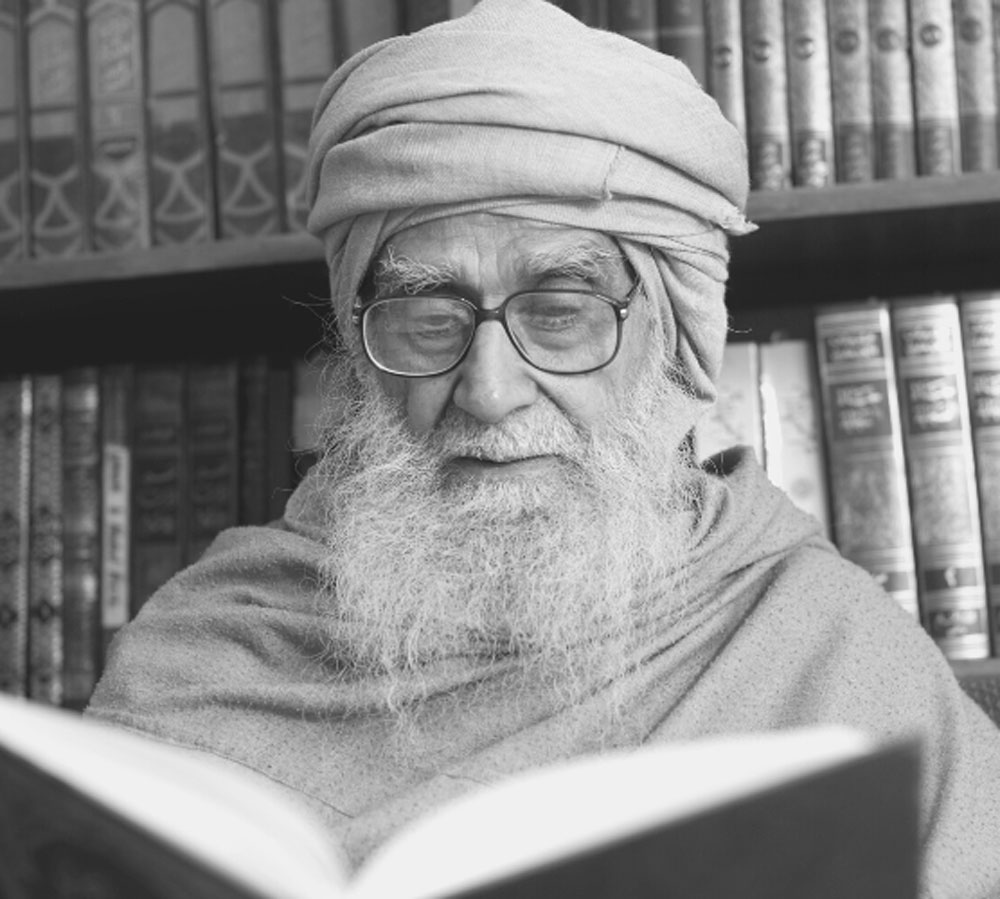COMMUNITY AND COMMITMENT
The solution to communal conflicts lies in changing the attitude of the individuals who make up each community.
What is it that draws members of society together in close-knit unity so that they live, at least for the greater part of the time, in mutual peace and harmony? Some of the reasons for this are found in the history of a people and the geography of their environment—elements shared in common by every member of the society. However, often, common ideals are a great cementing factor, being in many cases derived, consciously or unconsciously, from religion. In their daily lives, members of the different communities are motivated, in varying degrees, by the fundamental tenets of their faith. Given that the standards set by their respective religions are all very much concerned with honesty and decency, it may seem surprising that different communities living side by side fail to live in peace with each other in many parts of the world. In such cases, genuine appreciation of each other, a desire to help one another, and a generous acceptance of their differences are absent.
When we are all members of the same human race, all supposedly imbued with time-honoured ideals, why is it that when we attach different labels, such as community and religion, to ourselves and one another, we often forget that all of us belong to the one family of God, the One who has brought all of us into being?
When we look for a solution to inter-community conflicts, we find that it lies with the individuals who make up each community. It is a change of attitude on their part that is required. Each individual must begin to think of members of their community and other communities as if they were all brothers and sisters, belonging to the same family of God. It would then be found that the solution to joint problems would be as easy as the solution to family problems. Whenever friction arises in a family, its members are constantly alert about how divisive a force this is. Regardless of the irritation or discomfort they may be experiencing; they eventually control their feelings to bind themselves together again. Even more importantly, they prevail upon the younger and more hot-headed members to do likewise. The family as an entity is put first, and the individual members of the family second.
This provides a valuable lesson for harmonious inter-community relations. We need to focus on our common humanity, regarding that as primary, before all other identities.





